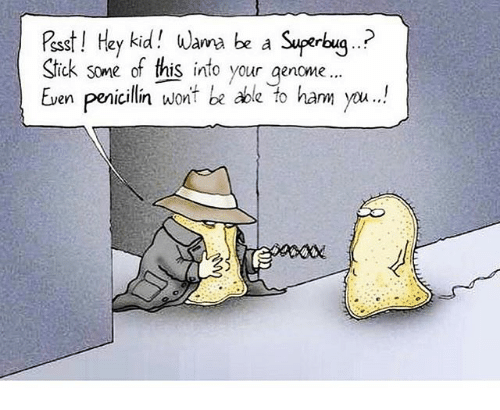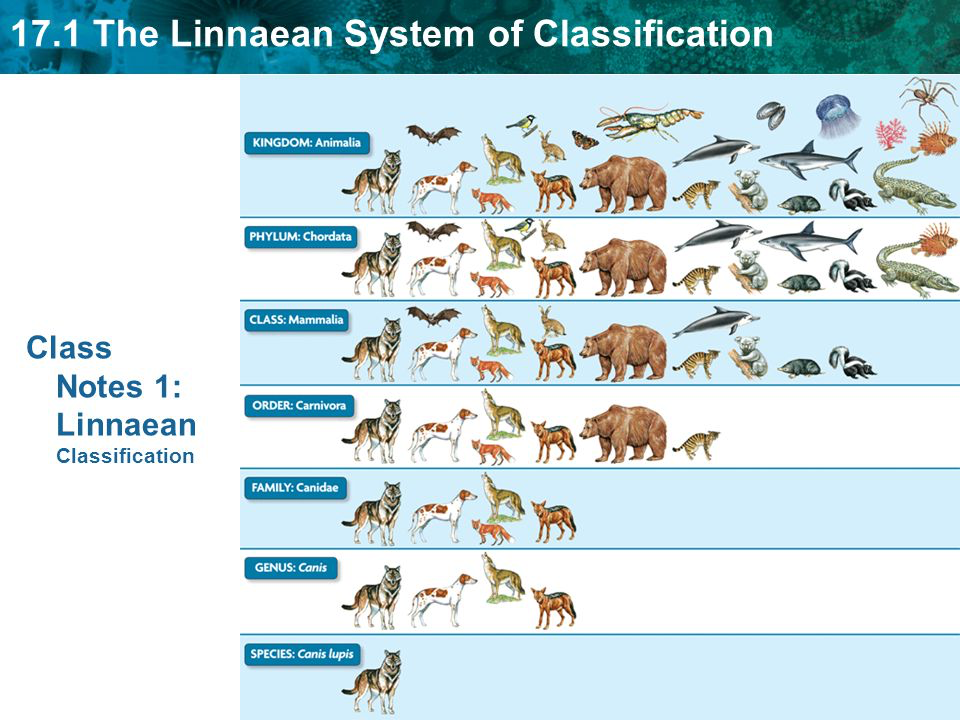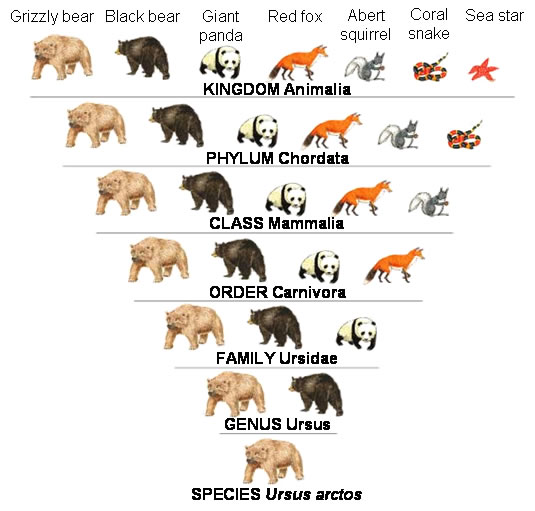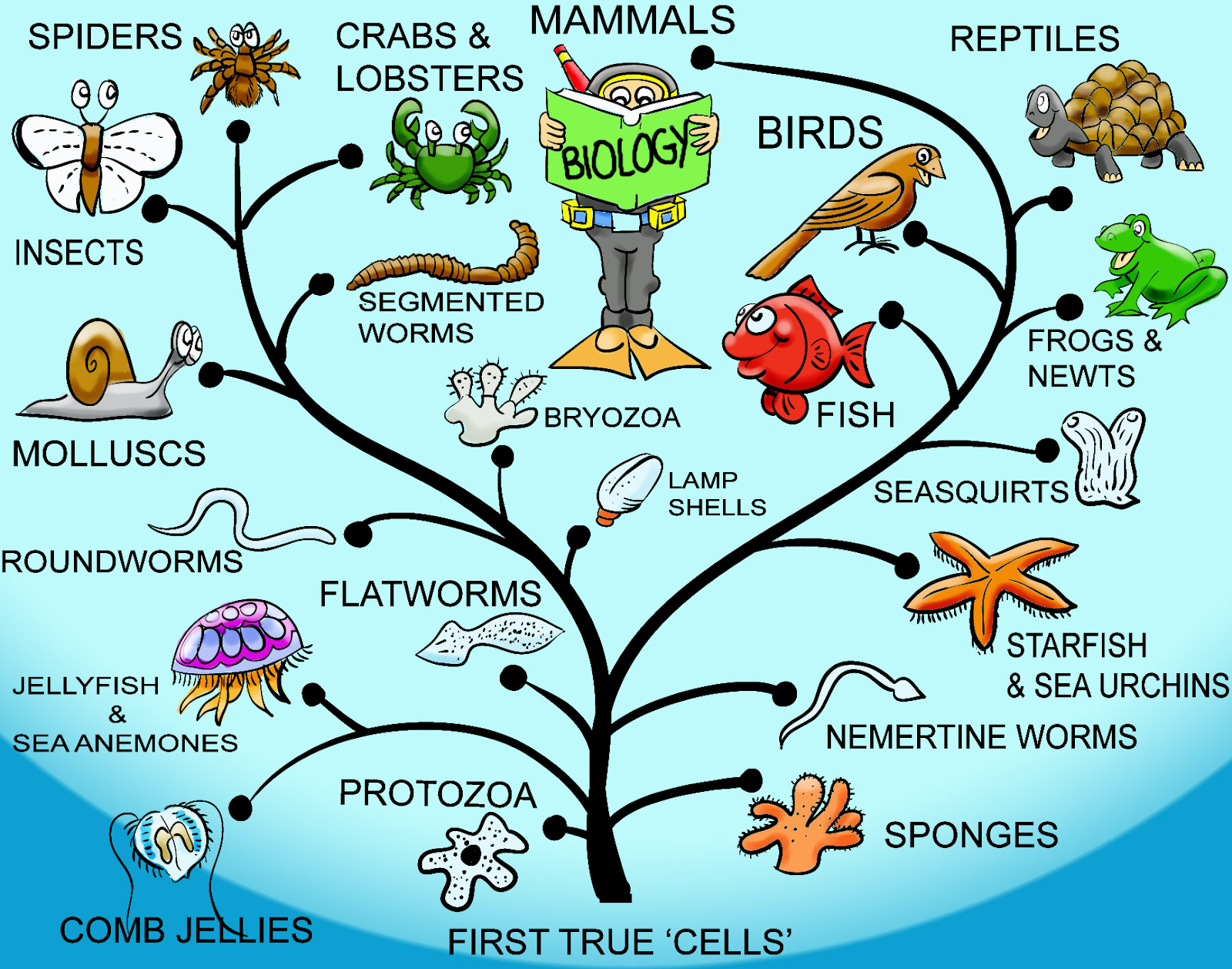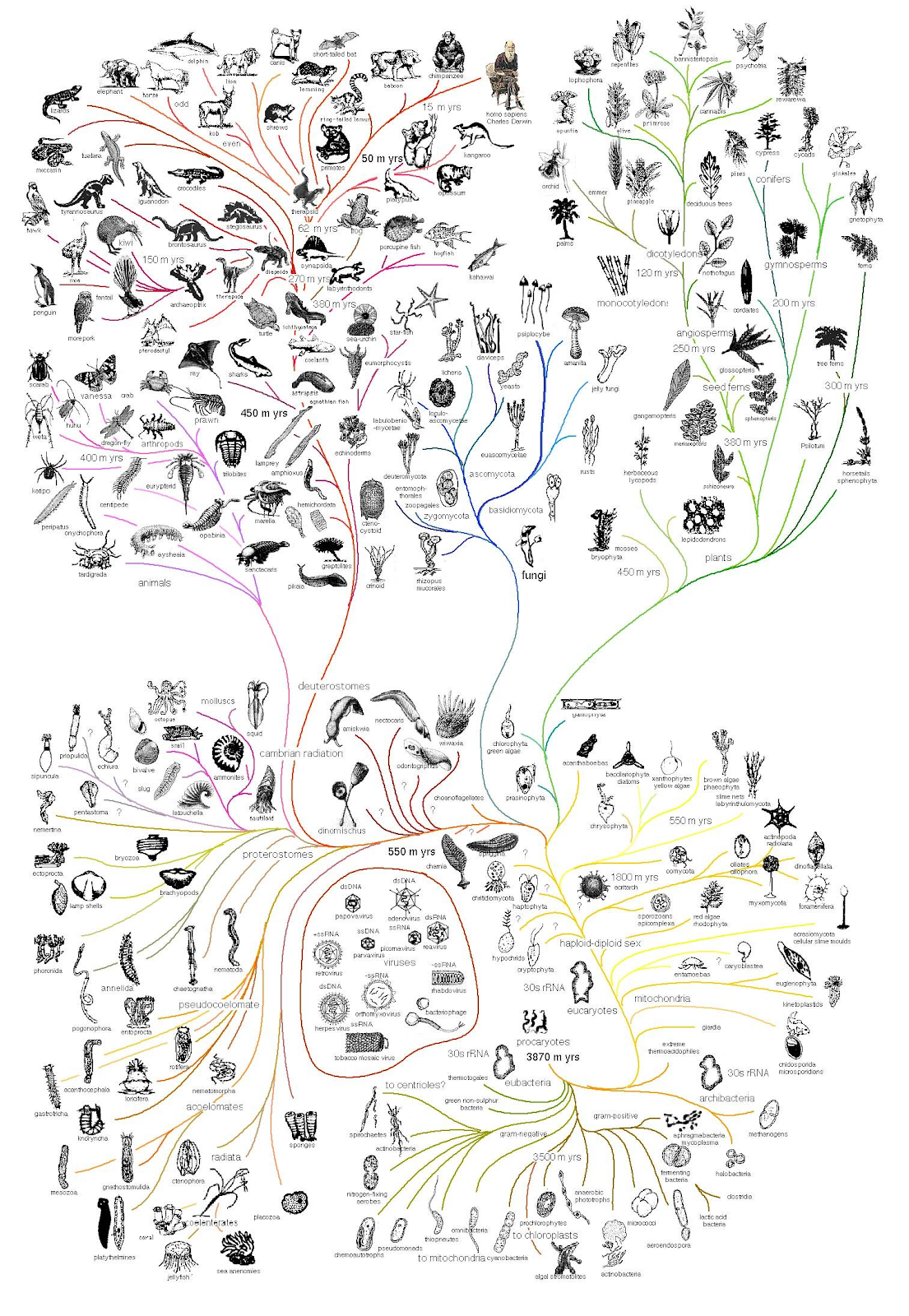Antibotic Resistance and Classification
Antibiotic Resistant Bacteria
Antibiotic resistance
The same process of natural selection happens in bacteria. Random mutations occur the in bacteria which make their characteristics very varied. Just like all other organisms, the bacteria with useful characteristics are more likely to survive and expand their colony. This useful characteristic could be a resistance to antibiotics! Bacteria divide and mutate very quickly, so natural selection happens very quickly too!
We don’t want to over prescribe antibiotics due to superbugs. Superbugs are certain types of bacteria that are highly resistant to antibiotics. They thrive in very clean conditions (such MRSA bacteria in hospitals) since all other types of bacteria have been killed. If the super bug has no competition for food and space, it can spread very quickly and easily infect people!
Classification
The Linnaean system:
Developed in 1700s by Carl Linnaeus.
This is a way of categorizing living things. All living things are first put into kingdoms, for example, animal kingdom, plant kingdom etc…
The kingdoms are then subcategorized into smaller and smaller groups. Each group is more specific and the organisms in each group are more similar. The groups become more and more specific until it reaches the ‘species’ group, which only contains organisms that are of the same species. If you don’t quite understand this, look at the pictures below!
You’ll need to know the order of all of these groups, it goes:
Kingdom - Phylum - Class - Order - Family - Genus - Species
The 3 domain system:
Developed in 1990 by Carl Woese - Whats with all these Carls!
As science advanced more and more, scientists could look more closely at how living things worked on a microscopic level. For example, how the DNA is stored in mammal cells. This brought about a new category to be introduced into the classification of living organisms, which is based on the biochemical qualities of organisms.
Before being split into Kingdoms, living organisms are first split into three domains:
Archaea:
Organisms that are found in this domain are primitive bacteria.
Usually found in salt lakes and hot springs.
__Bacteria: __
Organisms that are found in this domain are bacteria as we know them.
They are very familiar to Archaea but there are a lot of biochemical differences.
__Eukaryotes __
These organisms include all animals, plants, fungi etc…
Eukaryotes are them sub-categorised by the linnaean system (as shown above).
Binomial system
This is a way of naming organisms.
You need to know:
How to name an organism when you know it’s genus and species.
Every living organism is given a latin name. The name comes in two parts, the first part tells you Genus it belongs to and the second part tells you what Species it is.
The general form is:
Genus Species
For example:
- Homo Sapiens - These animals are part of the ‘Homo’ genus and the species is ‘Sapien’. Better known as Humans!
- Canis Lupis - These animals are part of the ‘Canis’ genus and the species is ‘Lupis’. Better known as wolves.
Evolutionary trees
Evolutionary trees are diagrams of how scientists believe animals to have evolved and speciated over time. They start from the early ancestors and the branches spread out and divide as a new species is developed.
Here are some examples, remember, they won’t always have pictures to go with the names!
This is a very simplified evolutionary tree.
Here is a more complicated evolutionary tree - just beautiful!
